Yoga is full of inversions, which basically means where your head is below your heart. Why does that matter and why should you do them? Obviously, because it’s fun! But here are a list of other reasons why you should go upside down.
- Mentally, it shakes things up. We are always looking, thinking, and living from a position with our heads above our hearts or parallel to our hearts. Flip your body around, and your mind starts flipping, too.
- Mentally, it opens up your mind. By trying out a new point of view (being upside down), you are stretching your mind’s capabilities, thereby allowing more room in your mind to be open to other experiences, points of view, thoughts, etc. But spending part of your life upside down, it gives you a new perspective on life.
- Mentally, it helps you face your fears. Going upside down can be scary at first for many people. By addressing this fear and learning how to conquer going (and staying) upside down, you build your character and your confidence.
- Physically, it strengthens your core, as well as other parts of your body, depending on what pose you do. For example, forearm stands, like above, also strengthen your shoulders, back, biceps, and triceps. Handstands, even those against the wall (or the tree like below) also strengthen the same body parts, but to a different degree and in different parts of the same areas.

- Physically, it helps reduce wrinkles. The increase in blow flow and oxygen helps rejuvenate your skin, plus the gravity helps reduce the wrinkles.
- Physically, it can either energize you or relax you. Energizing inversions are those that require more effort and will get your heart pumping more. They include headstands, forearm stands, and handstands. Relaxing inversions help calm the nervous system and produce feelings of balance and calm. Doing relaxing inversions like shoulder stand and legs-up-the-wall can help you fall asleep if you are having trouble.
- Mentally and Physically, it helps increase circulation to your brain and provides oxygen to your brain, thus assisting with mental functioning, and improving concentration, memory, and processing abilities.
- Mentally and Physically, it helps your heart and your blood pressure. They enable the heart to rest a little bit, because since the blood pressure to the brain is increasing, receptors that regulate blood flow sense the increase and signal the heart rate to lower and blood pressure to reduce. This will also help your mood.
These are just a few benefits, but there are so many more. They help relieve sinus congestion, they help boost your immune system, they help you act like a child again by playing around, they’re natural anti-depressants, and they assist in digestion! So give it a try! It’ll be worth it!
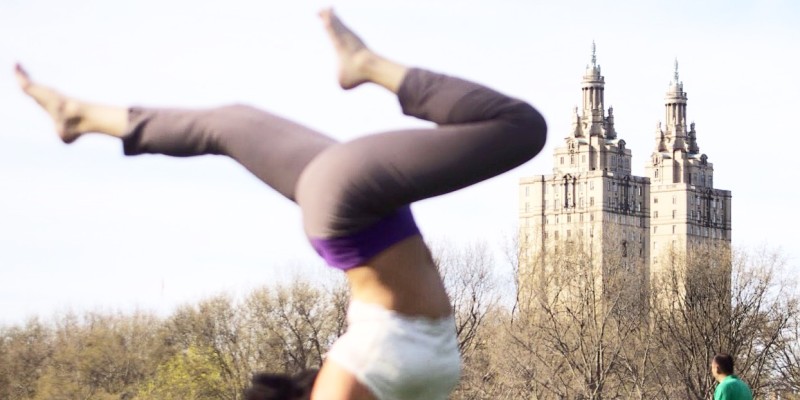
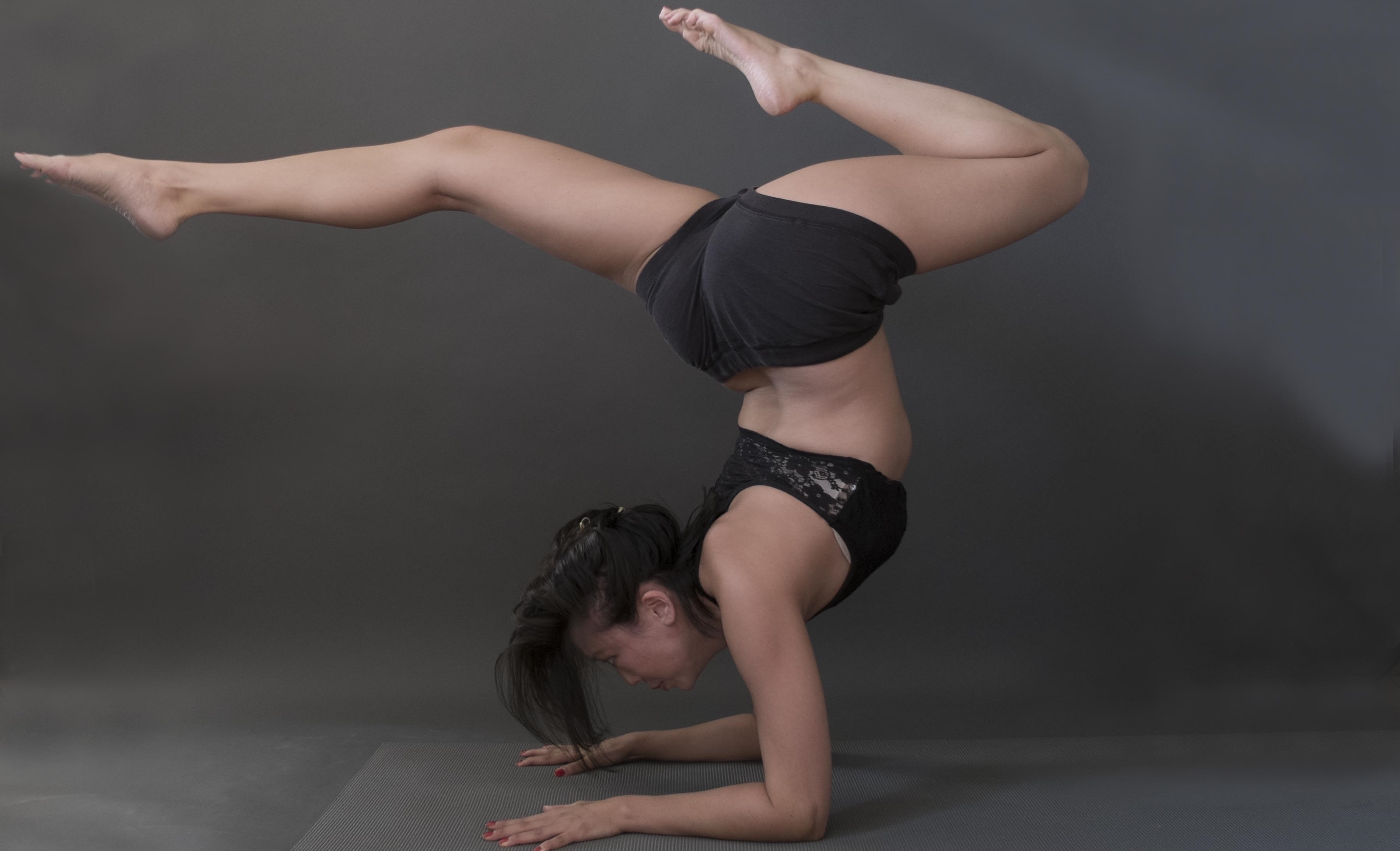
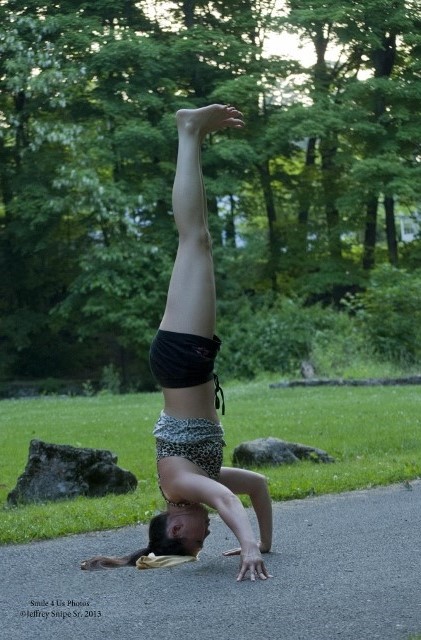
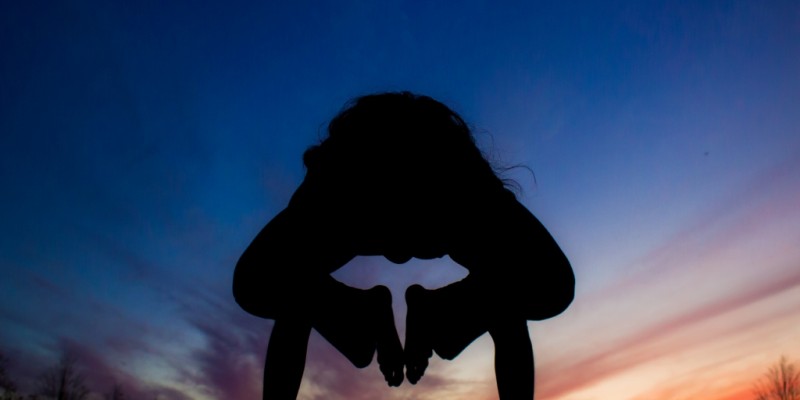
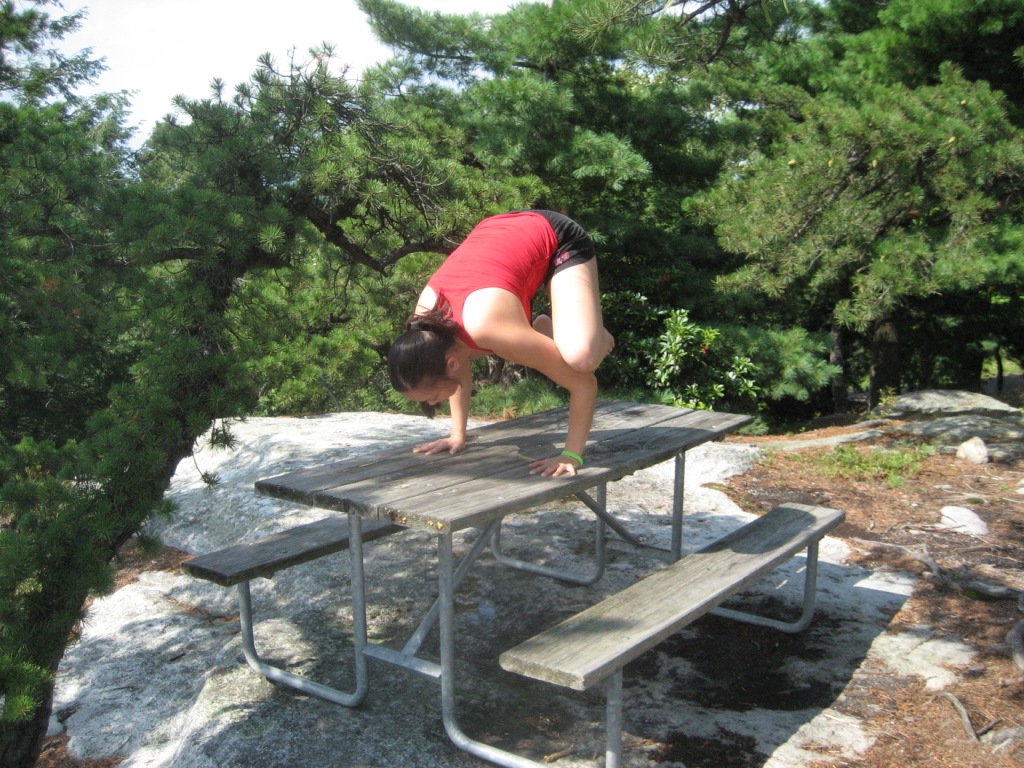



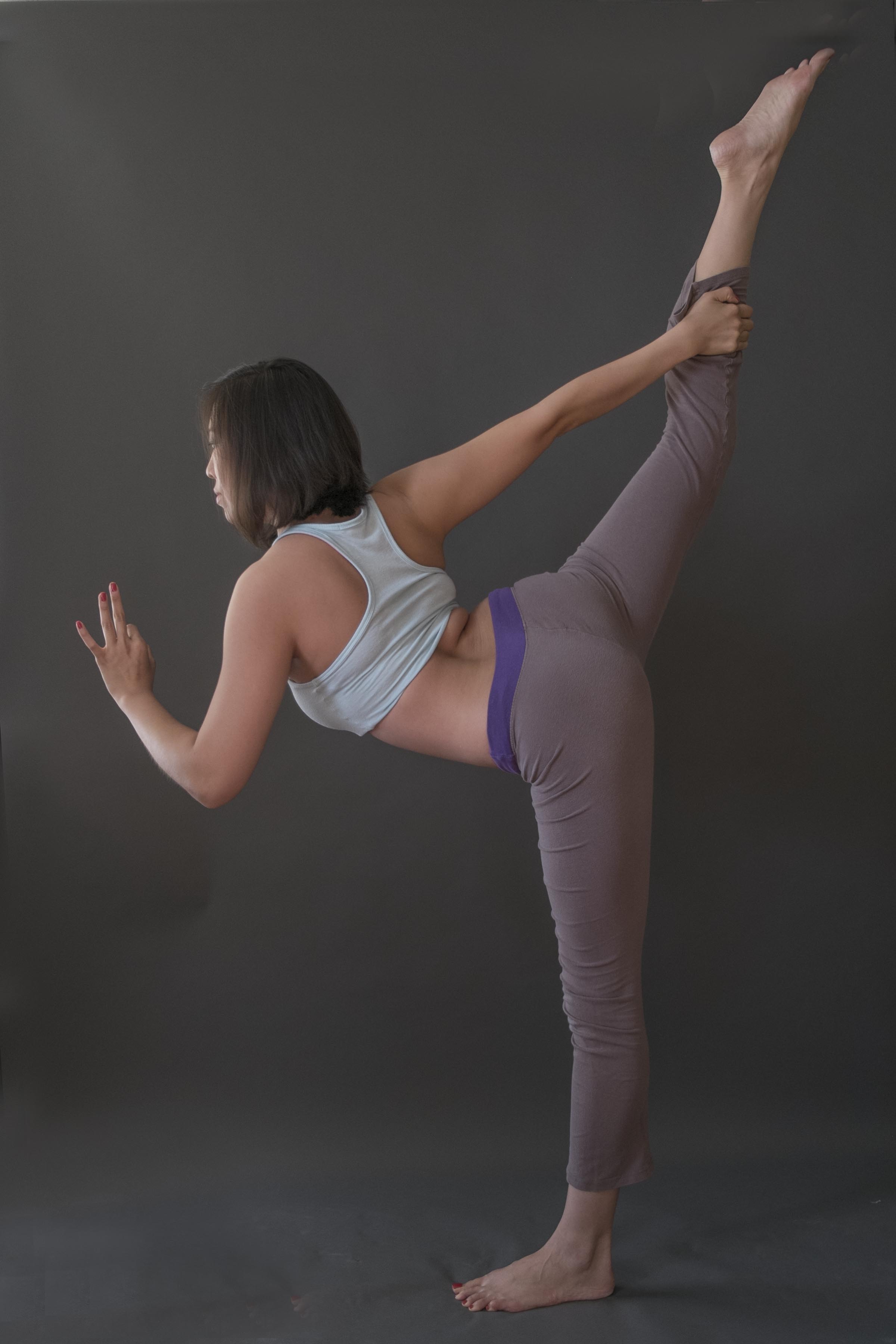
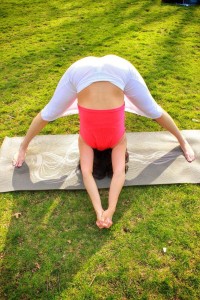
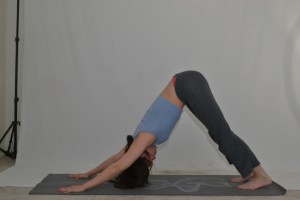
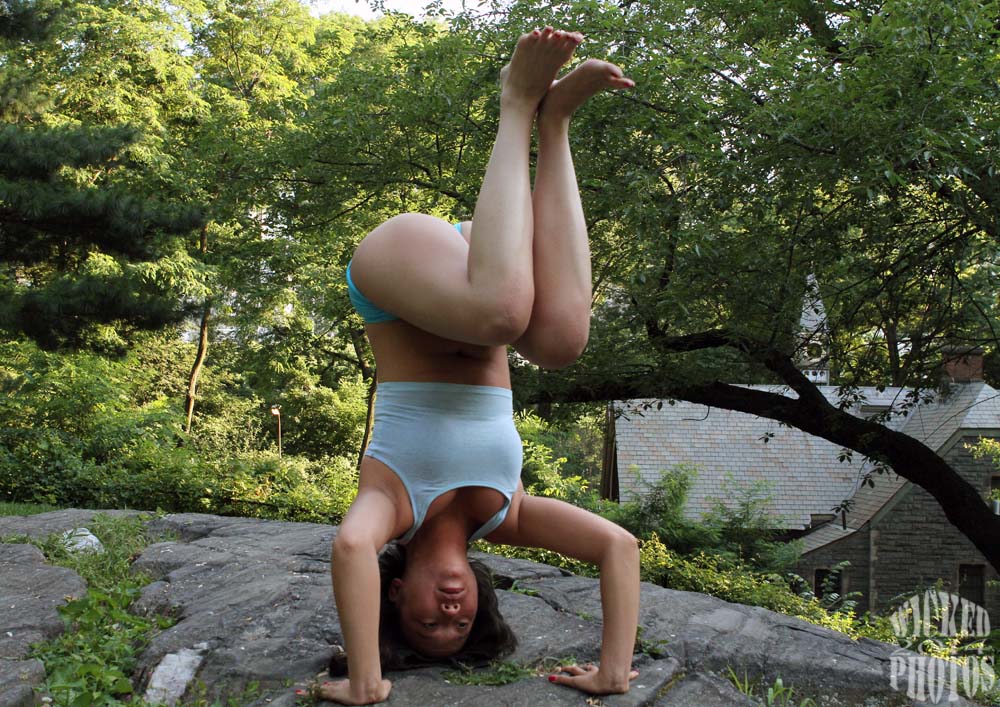





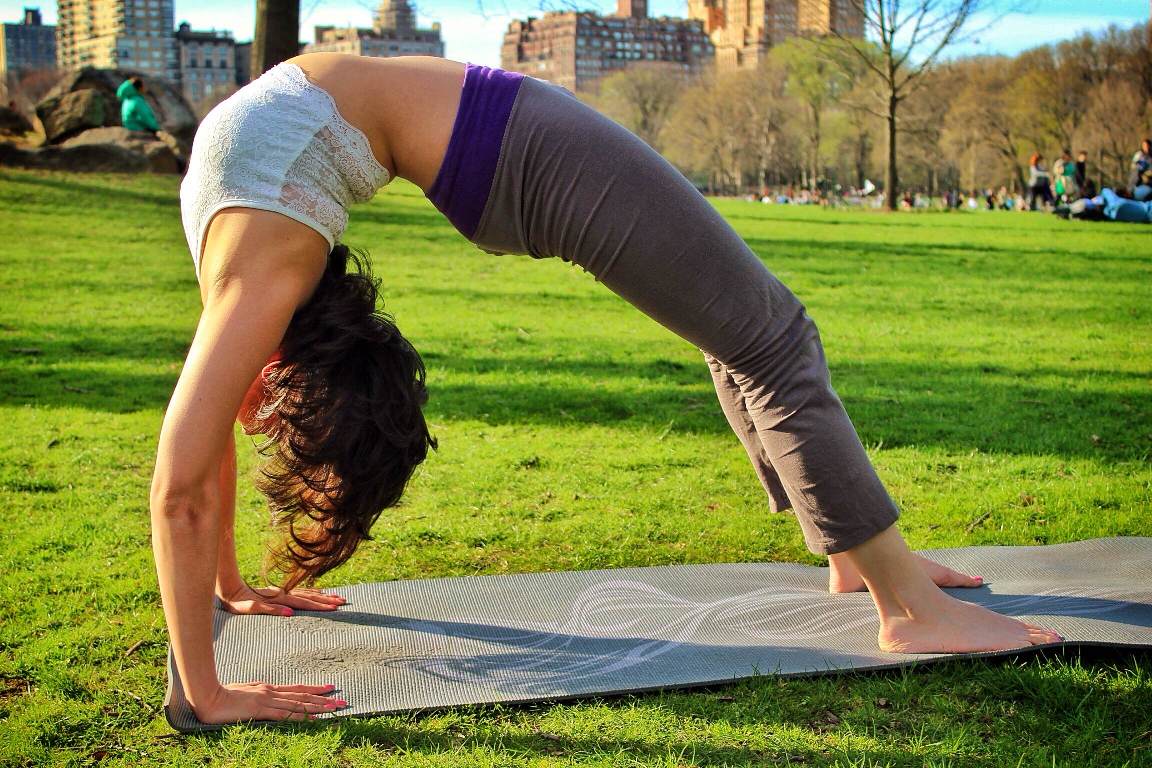

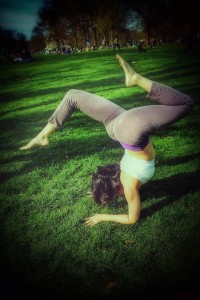 ther thoughts out of your mind and just for that one moment, you are living in the moment. When you are thinking about everything else, you let the moment you are living in slip away. Also, some yoga postures specifically help increase blood flow to your brain and help clear those cobwebs away. Take inversions, for example. Putting your body upside down gets the blood flowing in a different direction but also gets you into different perspectives.
ther thoughts out of your mind and just for that one moment, you are living in the moment. When you are thinking about everything else, you let the moment you are living in slip away. Also, some yoga postures specifically help increase blood flow to your brain and help clear those cobwebs away. Take inversions, for example. Putting your body upside down gets the blood flowing in a different direction but also gets you into different perspectives. to eat cleaner. Or, you do yoga after eating junk food and feel absolutely horrible throughout the postures and realize you never want to feel so disgusting again and swear off that junk food for months. Both have happened to me. And finally, you get to show off to everyone what cool things you can do now and how you can contort your body or stand on one leg longer than them.
to eat cleaner. Or, you do yoga after eating junk food and feel absolutely horrible throughout the postures and realize you never want to feel so disgusting again and swear off that junk food for months. Both have happened to me. And finally, you get to show off to everyone what cool things you can do now and how you can contort your body or stand on one leg longer than them.